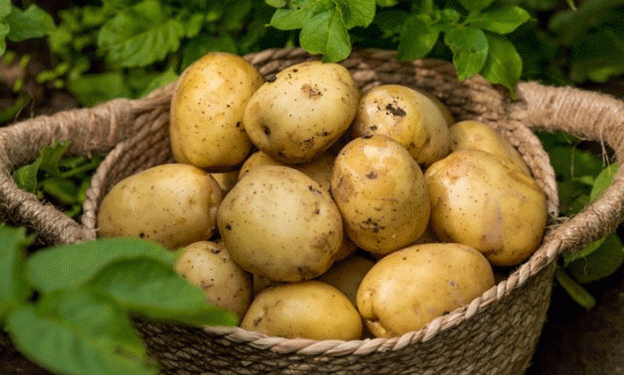Potatoes, typically containing only about 2% protein by weight, have not been a primary source of protein. However, ReaGenics has utilized advanced plant cell culture techniques to increase this figure to an impressive 31%, with aspirations of reaching 40%. This leap in protein content is achieved by growing potato cells in controlled bioreactors, which could offer significant advantages over traditional protein sources such as peas and soybeans.
Key Aspects of ReaGenics’ Technology:
- Cell Culture vs. Traditional Farming: Instead of growing full plants using sunlight, water, and soil, ReaGenics cultivates plant cells in bioreactors. These cells receive essential nutrients like sugars, vitamins, and minerals, which supports rapid and efficient protein production.
- Sustainability Argument: This method significantly reduces the need for large-scale agricultural inputs such as land, water, and energy, aligning with sustainable agricultural practices. It also offers a consistent supply of plant proteins, which is crucial given the volatility of climate, political instability, and contamination issues in traditional farming.
Market Potential and Benefits
Potato protein, while currently a by-product of starch production, has not yet made a major impact on the human food market. However, the enhanced protein levels and the technology’s potential benefits suggest a promising future:
- Nutritional Benefits: Potato protein is similar in quality to animal proteins like eggs and casein. It is highly soluble, forms gels, foams, and emulsions, and does not cause allergic reactions—a significant advantage over many plant-based proteins.
- Versatile Applications: The protein can be used in various products, from plant-based meat substitutes and dairy alternatives to higher-protein snack foods like potato chips and fries. It also holds promise for addressing acute malnutrition by providing both protein and carbohydrates without common allergens such as peanuts and whey.
Current Market Presence: Although protein extraction from potatoes is not new, with companies like Avebe leading the market, the high concentrations achieved by ReaGenics could transform its role in human food products.
Scalability and Production
ReaGenics is exploring scalable production through partnerships and licensing, aiming to build large-scale facilities to produce potato biomass. Their bioreactors, capable of holding between 4,000 and 10,000 liters, are designed to optimize protein yield. The company is also focused on increasing protein concentration further without genetic modification.
Cost Considerations: Processing costs will vary based on whether customers require purified protein or whole biomass. ReaGenics is evaluating these costs in relation to the end products and market demands.
Regulatory Pathways
From a regulatory standpoint, ReaGenics will likely need to navigate the Generally Recognized As Safe (GRAS) process in the United States and new food regulations in Europe. However, the lack of genetic modification in their process might simplify approval compared to other novel food technologies.

